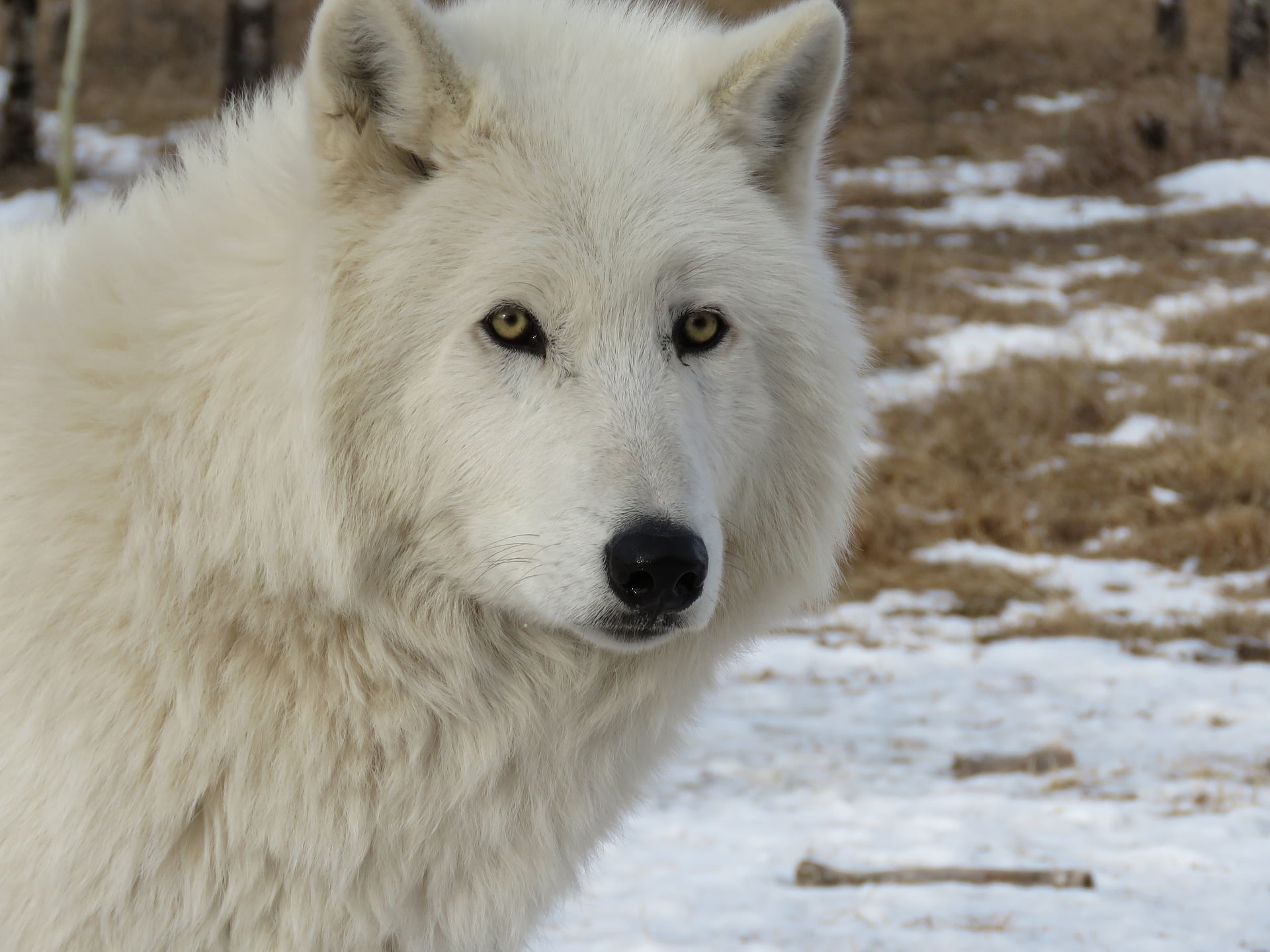

Climate change poses a great threat to Arctic wolves because of its effect on their food supply. The threat of being hunted is therefore low compared to other subspecies of the grey wolf. Why Are They Endangered?ĭue to their propensity to remain in uninhabited and inhabitable areas, the Arctic wolf does not come into contact with humans most of the time.

They live in the Arctic regions of North America and Greenland. While the Arctic wolf has not been designated an official IUCN status, as it is consideredĪ subspecies of the grey wolf, their population has been in decline in Canada and Greenland. Most Arctic wolves live above the latitudes of 67 North, essentially, in the Arctic. They will traverse areas up to and beyond 1,000 square miles when their prey is scarce due to limited available roughage. Surprisingly, moose are also a likely target for Arctic wolves even though they are much bigger, their long legs leave them susceptible to getting stuck in thick snow. While they prefer caribou and musk oxen, when these animals are scarce, they will settle for Arctic hare, seal, ptarmigan and lemmings, among other small animals. Hunting Habits/DietĪrctic wolves hunt their prey in packs. The arctic wolf has a lifespan of 7-10 years. Female Arctic wolves have a gestation period of about 63 days and the wolf pups stay with their mother for two years. The lower number of pups-compared to the average of four to five among grey wolves-is attributed to the lack of prey in their environment. The mother gives birth to two or three pups in late May to early June, about a month later than grey wolves. Due to permafrost soil and the difficulty it poses for digging, Arctic wolves often use rock outcroppings, caves or even shallow depressions for their dens. The Arctic Wolf, (Canis lupus arctos) also known as the White Wolf or Polar Wolf, is a subspecies of Grey Wolf native to Canadas Queen Elizabeth Islands. Normally, only the alpha male and female Arctic wolves breed however, in large packs others may breed as well.


 0 kommentar(er)
0 kommentar(er)
